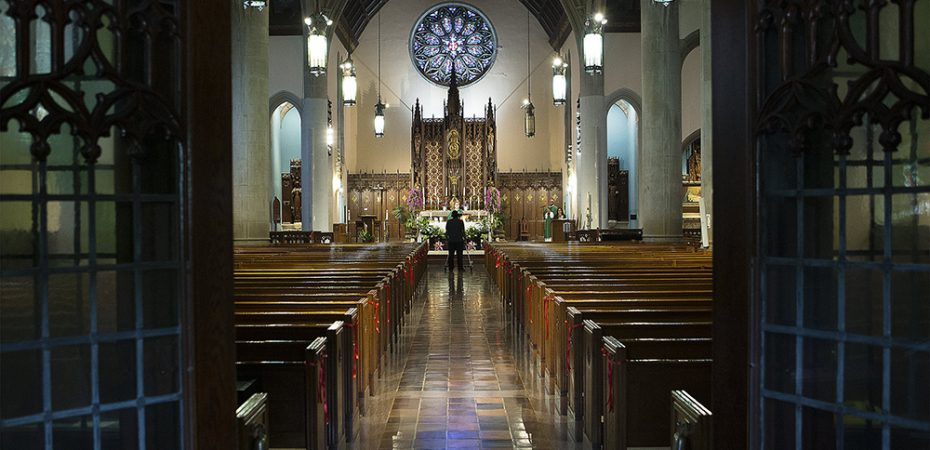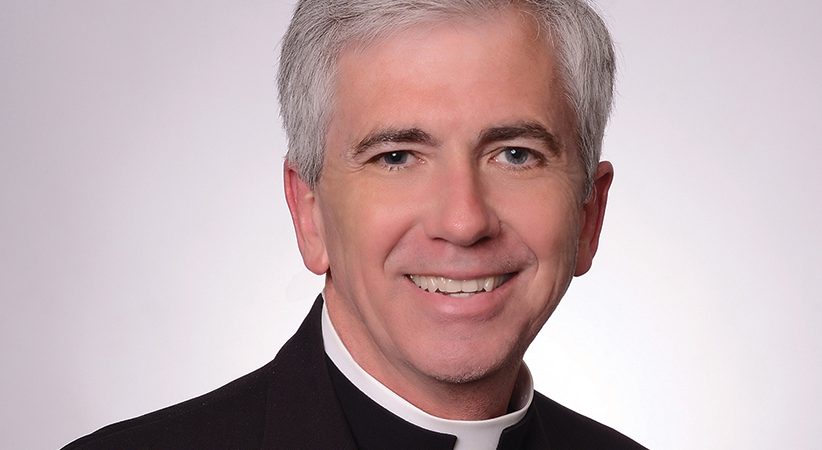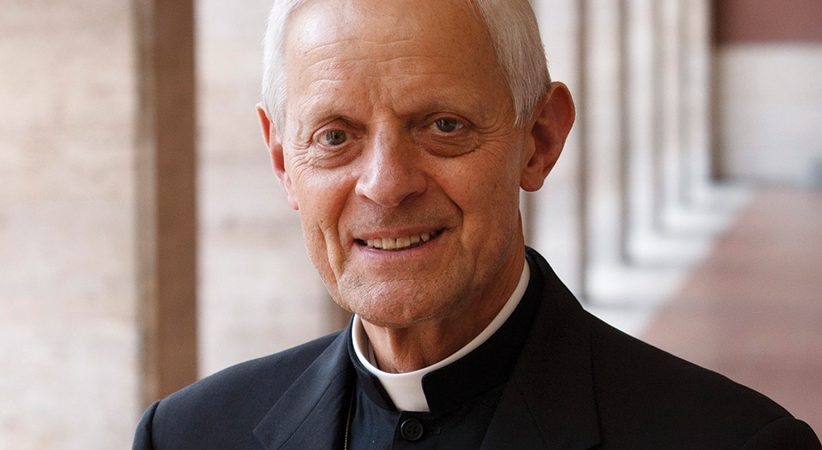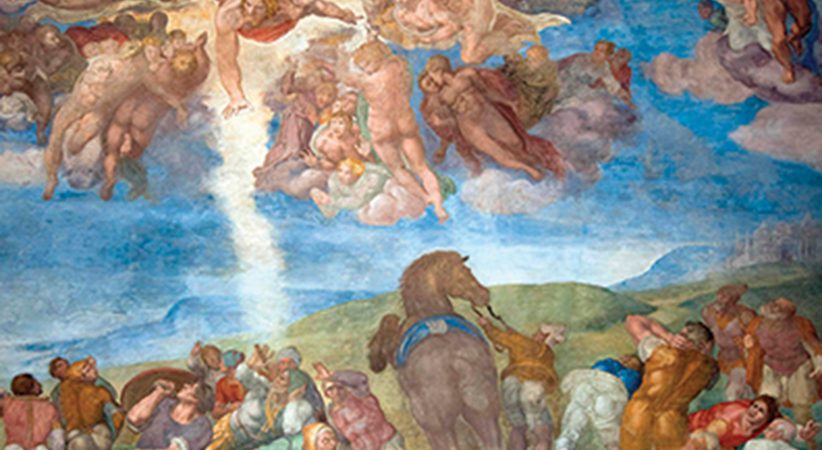The Parish of the Future
Three observations to help us be alert and prepared for changes
Father Michael White Comments Off on The Parish of the Future
 In July, the Vatican’s Congregation for Clergy issued an instruction on the “pastoral conversion” of the parish community in the service of the evangelizing mission of the Church. While the focus of the document was clearly on evangelization, it also made several important points regarding the reality of parish life moving forward.
In July, the Vatican’s Congregation for Clergy issued an instruction on the “pastoral conversion” of the parish community in the service of the evangelizing mission of the Church. While the focus of the document was clearly on evangelization, it also made several important points regarding the reality of parish life moving forward.
Predicting the future is naturally speculative, especially when it comes to the Church. But looking toward what’s ahead is an important exercise that allows us to be alert to and prepare for changes that may be coming our way. Here are three observations about the future parish that are inspired by the Vatican’s instruction:
1. The parish of the future will not be limited by geography
My own parish, which was founded in 1968, like others of that era introduced facilities not previously known in most parishes: ample parking, restrooms, handicapped accessibility, a cry room and fellowship space immediately adjacent to the sanctuary. Parish leaders at the time wisely anticipated that changes in society would change how people would experience Church in the future. And they were right.
The parish of the future will approach the internet in the same way. As the document notes, mobility now means not just geographic movement but also increased fluidity in every context and environment where people live and work, and in all their various forms of communication. If our people are living some significant portion of their lives online, then the parish should be there, too. Parish “boundaries” might remain a canonical and administration consideration, but in the age of the internet, they are of no practical help in defining our mission field.
Online church will never be a replacement for the sacraments or vibrant communal life, but it could be the parish’s new front door, where newcomers begin.
Parishes will design everything — even church sanctuaries — to reflect this opportunity. Investments in audio, visual and networking technology will be paramount in budgets and evangelization strategies. Staffing will be driven by it. Parishes of the future will then have to be creative in how they transition newcomers from an online connection to physical attendance and participation in the sacraments.
2. The parish of the future will look much different
The document acknowledges a scary but very real reality that the parish of the future may look very different than what we know today. The COVID-19 crisis has acted as an accelerator of the trends of declining attendance, engagement and finances that parishes across our country have been facing for decades. This will have consequences.
As in business, it might be true for parishes that the “middle” will shrink. In the future, there may be fewer mid-size parishes (150-400 in weekend attendance). Small, boutique parishes, which serve a particular demographic, musical or liturgical style, or ecclesiology will continue to carve out a niche for themselves. But it will be the larger, well-resourced parishes, which benefit from economies of scale, where the great majority of people will probably find themselves. Staffing, technology, as well as new ways of being church together, like adult small groups, will certainly emerge as very important considerations for these churches.
This observation does not mean that we should abandon all parishes of a certain size — far from it. A parish can be healthy at any size. But it does mean that the faithful should remain hopeful even in the face of parish closures and consolidations. Parishes of the future could be fewer and stronger.
3.The parish of the future will require strong leadership
The document reflects at length on the nuances of parish governance given the challenge of priest shortages and parish consolidations in many parts of the world. In these situations, the right relationship in governance must be struck between clergy and laity. This debate has been going on for years and will likely continue as the shortage of clergy becomes even more acute. The priest, under the leadership of his bishop, as a sacramental minister and spiritual father of his church family cannot be doubted.
But what will not be debated is the emerging reality that in the fast-changing reality that increasingly is church world, “leadership” (getting people moving in the right direction) is a broader concept critically needed at this time. Everything in a parish, at every level, rises or falls based on getting leadership, right. The good news is that leadership is a skill and can be strengthened by practice, education and coaching. Parishes that succeed will prioritize leadership, invest in both clergy and lay staff, and actively seek wise counsel.
The parish of the future will survive and thrive because of bold, visionary, creative and dynamic leadership that honors the past but is not afraid of the future.
FATHER MICHAEL WHITE is pastor of Church of the Nativity in Timonium, Maryland, and co-author of “Rebuilt” and the newly released book on church financing “ChurchMoney” (Ave Maria Press, $16.95).





